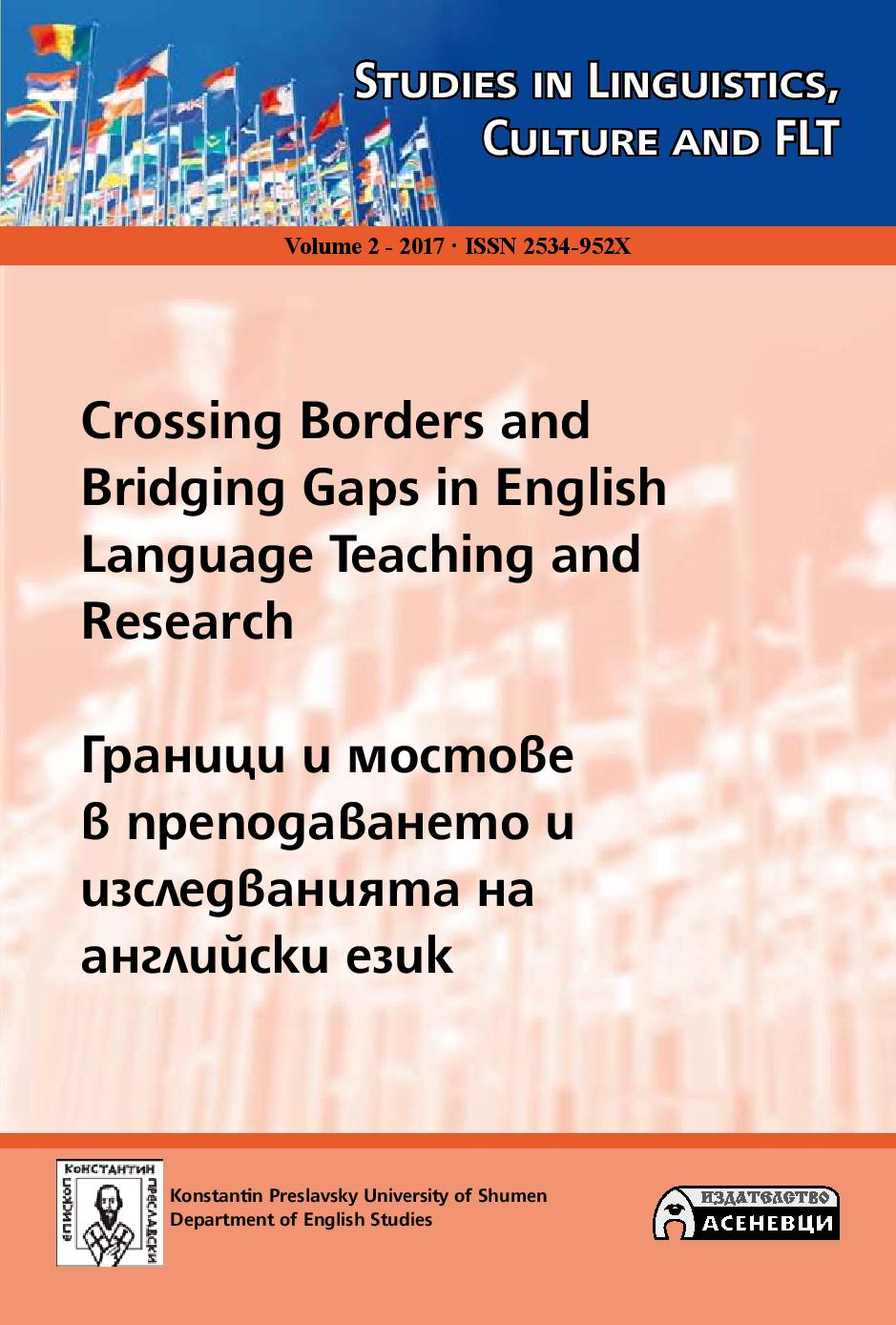
We kindly inform you that, as long as the subject affiliation of our 300.000+ articles is in progress, you might get unsufficient or no results on your third level or second level search. In this case, please broaden your search criteria.

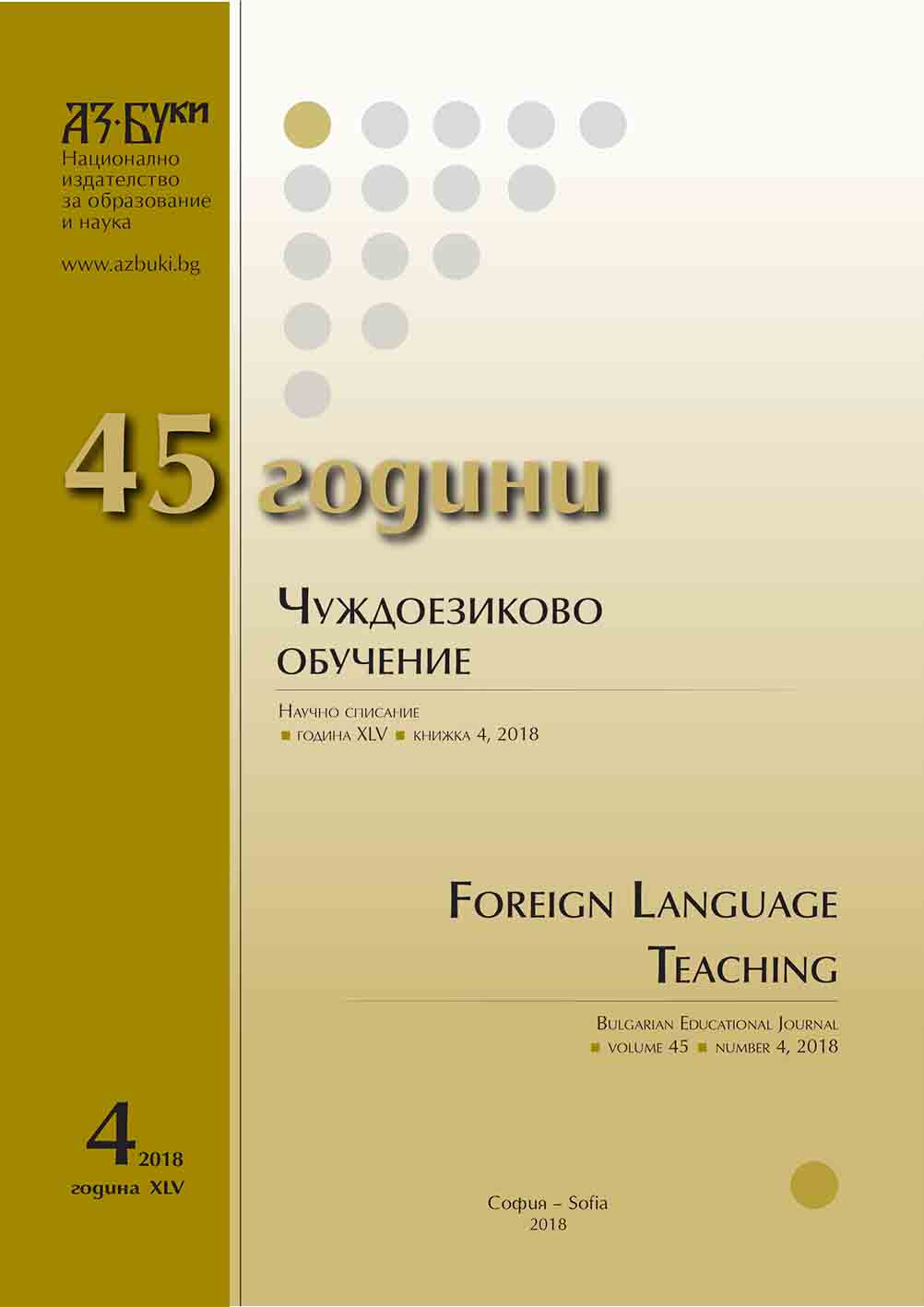
The article deals with the existing definitions of the concept of “teaching method” in the literature on didactics and the methodology of teaching foreign languages. Some of the definitions of this concept do not indicate its essential features, others view it too broadly, the third confuse the concept of “teaching method” with other didactic concepts. It is suggested to consider the teaching method as a kind of professional knowledge of the teacher. The teaching method is the image of the teacher’s and students’ activity in the teacher’s mind.
More...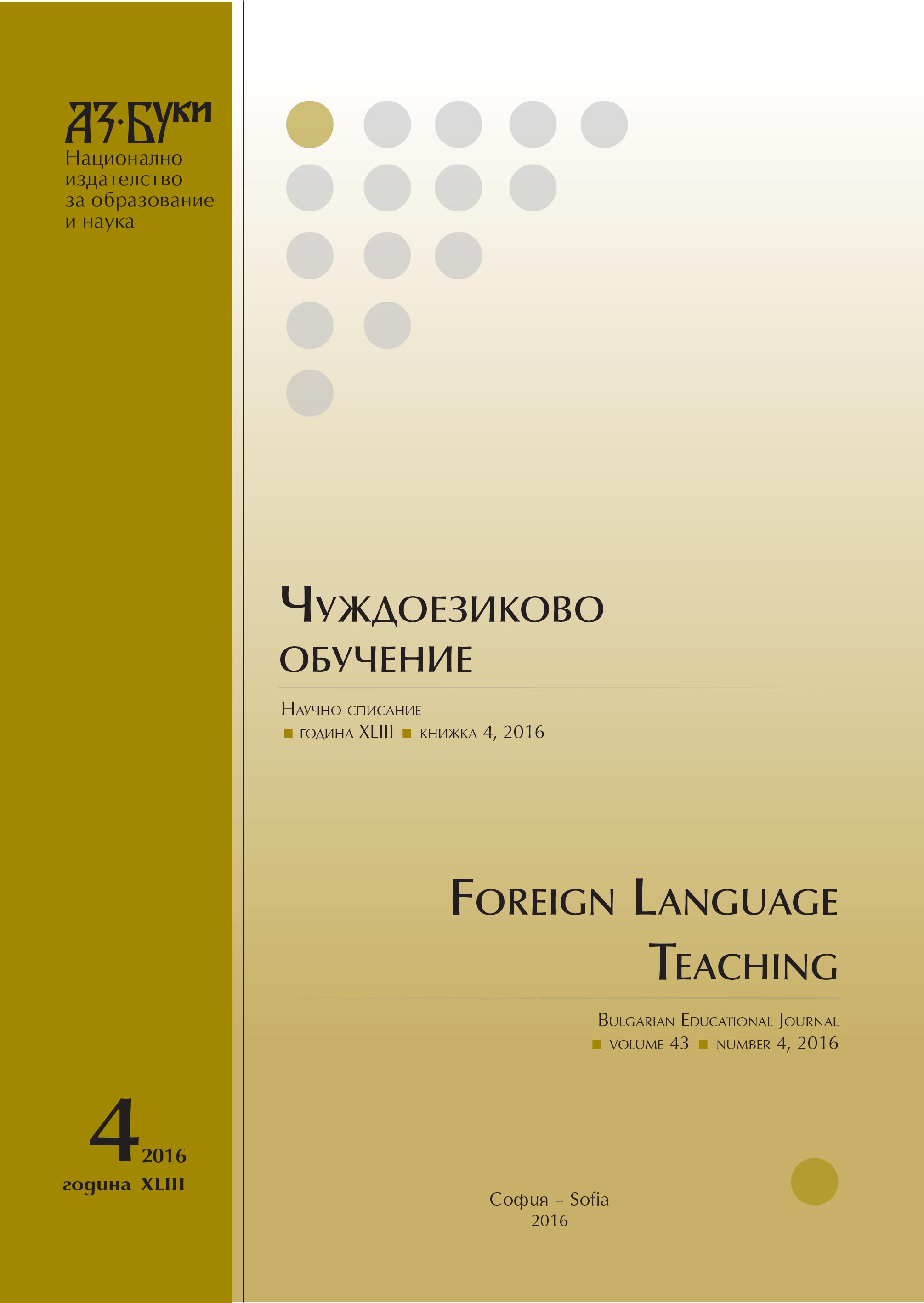
The article describes one of the productive innovative technologies of training future teachers of the Russian as a foreign language in the course of teaching methods - the game “We are writing a textbook.” The stages of writing a textbook are examined. The examples of students’ innovative textbooks are presented.
More...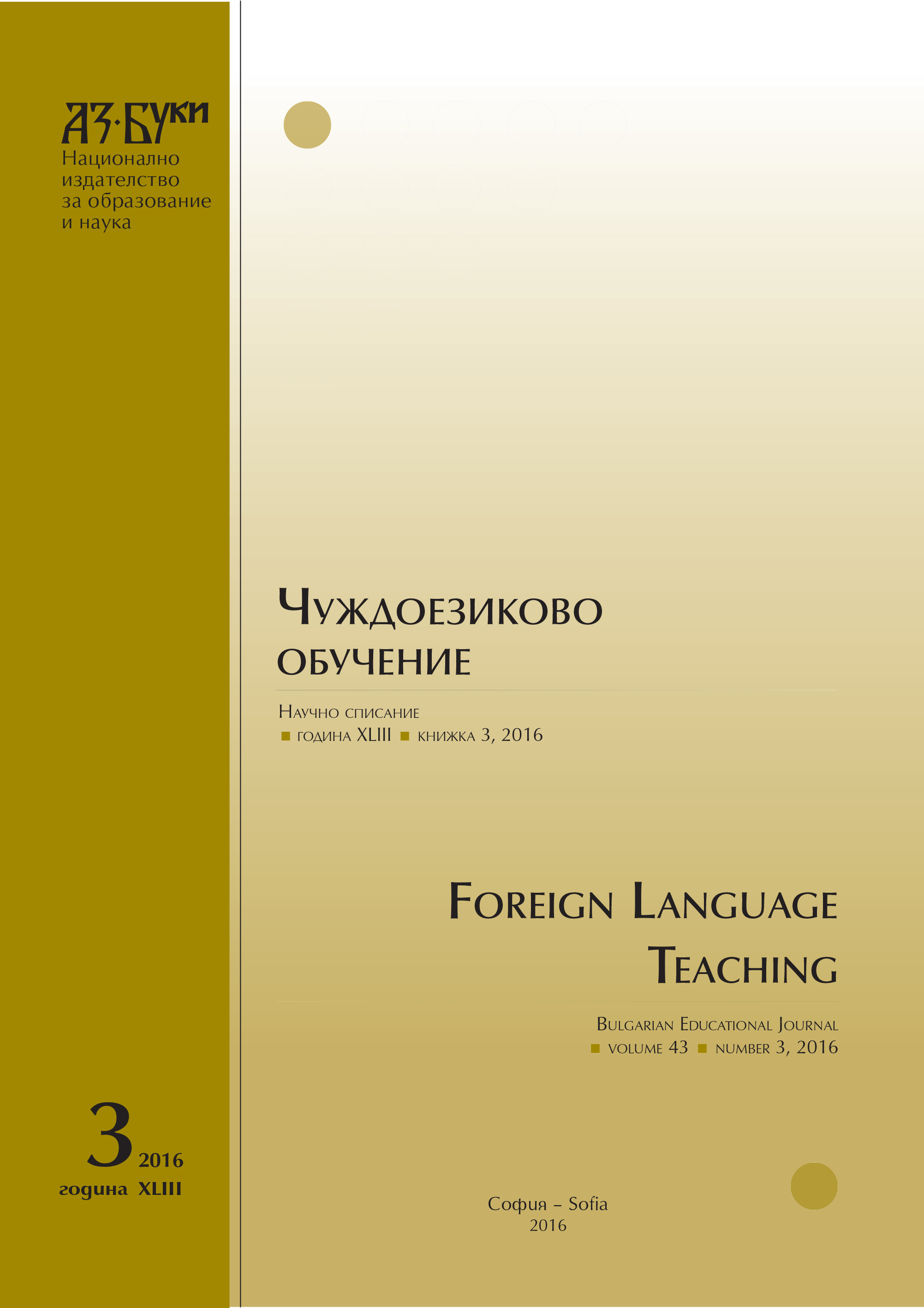
By the example of national and linguistical specificity of German vocabulary the author characterizes ethnocultural component of a word meaning, which is (like Russian one) nationally marked.
More...
The purpose of this study is the typology of shortened terms and terminological phrases in the language of the Navy using the lexico-semantic method. The examples discussed are excerpted from learning materials designed for cadets at Varna Naval Academy forming a large corpus representative of the domain they are used in. Shortening is used here as an umbrella term for initialisms, acronyms, clippings, blends and univerbates. The topic is worth discussing to meet syllabus goals and needs of learners who are going to function in a multinational environment and be faced with varieties of English as the primary language for international communication.
More...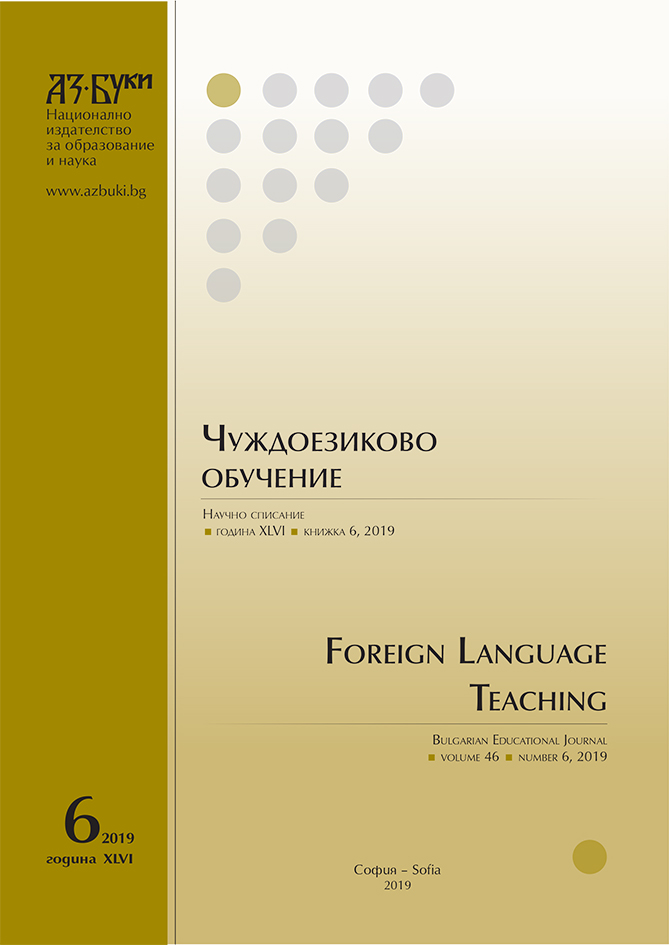
The paper reports on the process of automatic mapping of the PDEV verb patterns to the WordNet sentence frames and subsequent manual validation of the verb patterns that were automatically assigned to the WordNet verb synsets. The validation resulted in the approval of 4,084 patterns, manual assignment of 1,568 new patterns and removal of 2,815 inappropriate patterns. The paper introduces the notion of Conceptual frame: a FrameNet Semantic frame the core Frame elements of which are specified for a set of semantic types. It is shown that the semantic types assigned to WordNet noun synsets define the sets of WordNet literals (lexical units) appropriate to express the core Frame elements.
More...
The focus of the article is the interference effect of the Russian language on the Bulgarian Language among Russian students. The manifestations of interlanguage and intralanguage interference at the lexical level are considered. The empirical material is extracted from wtitten works of native speakers of Russian speaking students who speak Bulgarian at B1.2. level. An attempt is made to systematize “deformaties” and to clarify the causes of their occurrence.
More...
This article comparatively examines French and English literature based on two novels published in 1947, Malcolm Lowry’s Under the Volcano and Jean-Louis Curtis’ The Forests of Night. Both novels employ the mythic device to construct narratives on the twilight of the British Empire and the German occupied French Vichy regime, respectively, depicting experiences of resistance and collaboration on the eve of and during the Second World War. Both invent a system of symbolic imagery modelled on the Surrealist template in Jean Cocteau’s The Infernal Machine, that turns the classical mythic device still prevalent in the early 20th century (i.e. in Joyce or Eliot) upside down. The revolution in Mythic Imagination follows the Structuralist Revolution initiated by Durkheim, Saussure and Bachelard, evacuating fixed ontological architecture to portray relational interdependency without essence. These novels pursue overlapping ethical investigations, on “non-interventionism” in Lowry and “fraternity” in Curtis. The novels raise questions about the relation between colonialism and fascism and the impact of non-Western mythic universes (i.e. Hinduism) upon the Mythic Imagination. They have implications for our understanding of gender relations, as well as the value of political activism and progress.
More...
One of the longstanding mysteries of English poetry is the identification of the “two-handed engine” from John Milton’s 1638 poem “Lycidas,” with which Saint Peter threatens to “strike once, and strike no more” the clergy who have been remiss in their duties. A new way of looking at the image is to read the entire passage with George Lakoff and Mark Turner’s theory of conceptual metaphors in mind. The strength of this approach is to show that identification of the two-handed engine should be considered within the context of the entire poem. As many commentators have argued, Lycidas’s posthumous fate as the “genius of the shore” does not rest solely in the actions of Saint Peter, but instead involves a reconciliation that amalgamates elements of both Christianity and the classical world as well as nature. The conceptual metaphor thus provides a single combinatory image.
More...
This study used qualitative analyses to explore novice ESL writers’ concepts of writers, readers and texts. Metadiscourse studies tabulate frequencies of discourse markers in order to characterise the different ways novices and experts, native-speakers and non-native speakers, construct themselves as writers, engage with their readers, and guide readers through their text. But the picture created by these descriptive statistics lacks many content areas voiced by student writers, including their reliance on visual content, and their emotions. Student writers’ experiences in a world saturated by visual media and marketing views are also factors shaping how they construct their identities as writers, the identities of their projected readers, and how they understand what they are doing when writing text. This study used content and transitivity analyses to assess how Arabic native-speaker novices understand themselves as writers, how they project their readers’ identities, and how they try to engage them. Results show that visuals are indistinct from text, and verbs of seeing are used for reader understanding, in novice writers’ sense of their texts, and how they understand engaging the reader. These novices have a demographically granular assessment of audiences, but aim to please readers with expected content rather than challenge them with academic content, and they downplay important elements of teacher talk, syllabus and second-language (L2) composition instruction, particularly data, research, structure and language.
More...
A survey of twelve translation students in 2017 revealed that they tend to find translating figurative and metaphorical language difficult. In addition, an experiment also conducted in 2017 showed similar results. During the first phase of this experiment, two trained researchers coded metaphorical items in a text from the New Scientist following the Metaphor Identification Procedure Vrije Universiteit Amsterdam (MIPVU). Based on Cohen’s kappa, the researchers reached an initial coding agreement of 0.692 (strong agreement) and a final agreement score of 0.958 (almost perfect agreement) after discussion. The second phase of the experiment involved the coding of the metaphorical items previously identified by the researchers in the same text by 47 students who received a two-hour introduction to conceptual metaphor theory and a simplified method to code metaphorical items. However, the results of the students’ coding showed that they had failed to identify metaphors in 49.96% of cases. Nevertheless, a chi-squared test (p < 2.2-16) revealed that the students’ coding was not due to chance alone and therefore not arbitrary.
More...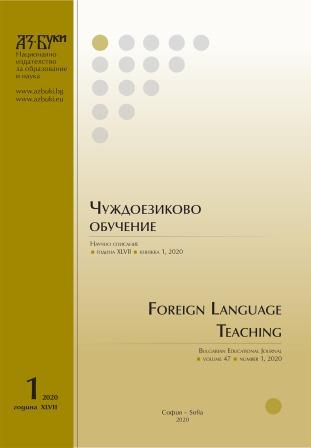
We consider peculiarities of poetic meaning creation in the processes of intertextualization and contextualization while analysing a unique case of a polylogue between an academic scholar (A.N. Veselovsky) and poets belonging to different languages and cultures (Vyach. Ivanov, V. Teryan). Veselovsky’s article “From the poetics of a Rose” became a source for Ivanov’s poem “The Rose of Transfiguration”, then it became the basis for the sonnet of V. Teryan. We demonstrate that intertextuality is a complex and non-linear interaction between texts and meanings. The archetypal semantics of the rose and the motives of flame, blood, and also death and resurrection associated with it are contextualized in relation to the Christian holiday, personal myth-making, the tragic events of the Armenian Genocide in the Ottoman Empire. The mythopoetic semantics of the symbol synthesizes various cultures and poetic traditions, creating opportunities for multidimensional semantization and partial translatability of different “texts-echoes”. Expressing new content in different contexts, semantics is based on the same symbols; this leads to a cascade-like actualization of their potential, especially when considering texts connected by intertextual relations in their integrity - as a kind of super-text.
More...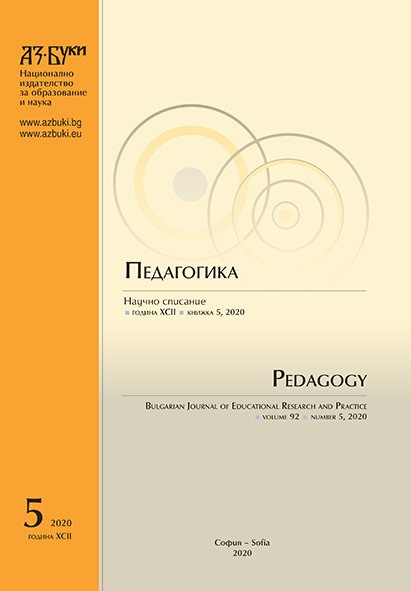
The article raises the question of the reading literacy of the pedagogical students, future teachers in the initial stage of the primary-school education. It is a natural continuation of a study on the reading literacy of mature students who have crossed the threshold of the higher school. The skills to read and interpret scientific texts related to the work of the future teacher are discussed. Their skills for tabular presentation of text information, as well as the skills for its interpretation according to the PISA levels are also studied. Correlations are sought at the high levels of understanding related to the analysis and subsequent reflection on a given text.
More...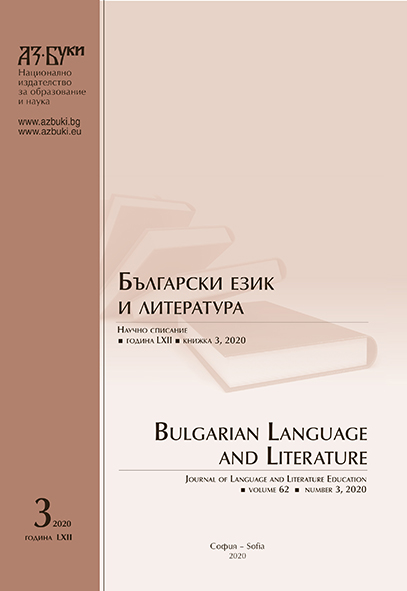
The paper presents an attempt to gamify the process of teaching Bulgarian syntax. It is based on a university course in Modern Bulgarian Syntax for the philological and educational programs in the Department of Philology at the University of Plovdiv. The theoretical model of the sentence follows the rules of the phrase structure. The main principle of language analysis, which is presented as a game, is focused on the sentence structure in Bulgarian. The skills for presenting structural graphic representations are being developed. The function of words as parts of the sentence are presented through syntactic projections which are being configured by the students and this develops their critical thinking. The authors provide students with a completely new educational tool by creating the pilot version of 'The MeSiZa's Questions' /grammar game for Meta Language Symbolic Representation/. Scientifically, the implications belong to the e-Science paradigm. The authors offer a further collaboration and partnership to the teachers in Bulgarian language to apply this innovative approach, i.e the use of grammar games, into school teaching practice.
More...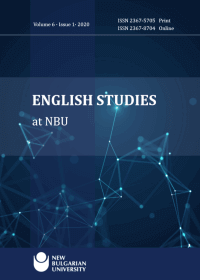
The article presents a study that aimed to examine how primary school teachers of English as a Foreign Language (EFL) framed the identity of an ideal EFL teacher. The specific research aim was to identify and classify frames associated with the identity of an EFL primary school teacher in the corpus of reflective essays of approximately 1000 words about an ideal EFL teacher in Norwegian primary school contexts written by 32 Norwegian in-service primary school EFL teachers. It was hypothesised that the participants’ framing would be reflective of the identity of an ideal EFL teacher in Norway. The corpus of the participants’ essays was analysed in accordance with the framing methodology developed by Entman (1993) and Dahl (2015). The results of the framing analysis indicated that the participants in the study framed the identity of an ideal EFL teacher via frames associated with future ideal selves, ought-to selves, the identity of their former EFL teachers, and the identity of an ideal EFL teacher as a fictional character. The study implications would be beneficial to pre-service and current in-service EFL teachers and teacher-trainers alike, who could treat the results as a collective “portrait” of an ideal EFL teacher.
More...
The greatly examined story of A Lost Lady usually depicts Mrs. Forrester’s success in meeting and adapting to the challenges of a changing world, a world characterized by materialism and self-fulfilment. However, the overlooked story, one far more disturbing than the privileged story in the text, is the narrative of oppressed groups of people of other races and the lower class. Drawing on some aspects of postcolonial theory, this paper explores Willa Cather’s own reactions to real changes in her society, to the waning power of imperialism, and of her nostalgic longing for the western prairies of her youth, without showing any sympathy for the dispossessed Native Americans and other oppressed races. It will also disclose the unmistakable colonial overtones, which remarkably resonate with the common discourse of “Manifest Destiny” during the time period of American expansion to the Wild West.
More...
This paper discusses the politics and multi-functionality of storytelling in Diana Abu-Jaber’s novel Crescent (2003). I argue that the strategic use of storytelling places Crescent as a complex hybrid text that projects the nature, and development, of Arab American literature in the contemporary era. In addition to having the practice of storytelling as an apparatus to project identity in Crescent, Abu-Jaber reappropriates its empowered status in Arab culture as well as politicizes its image in the mind of her readers. Besides employing critical and analytical approaches to the novel, this paper relies on arguments and perspectives of prominent postcolonial and literary critics and theorists such as Edward Said, Suzanne Keen, Walter Benjamin, and Samaya Sami Sabry, to name a few.
More...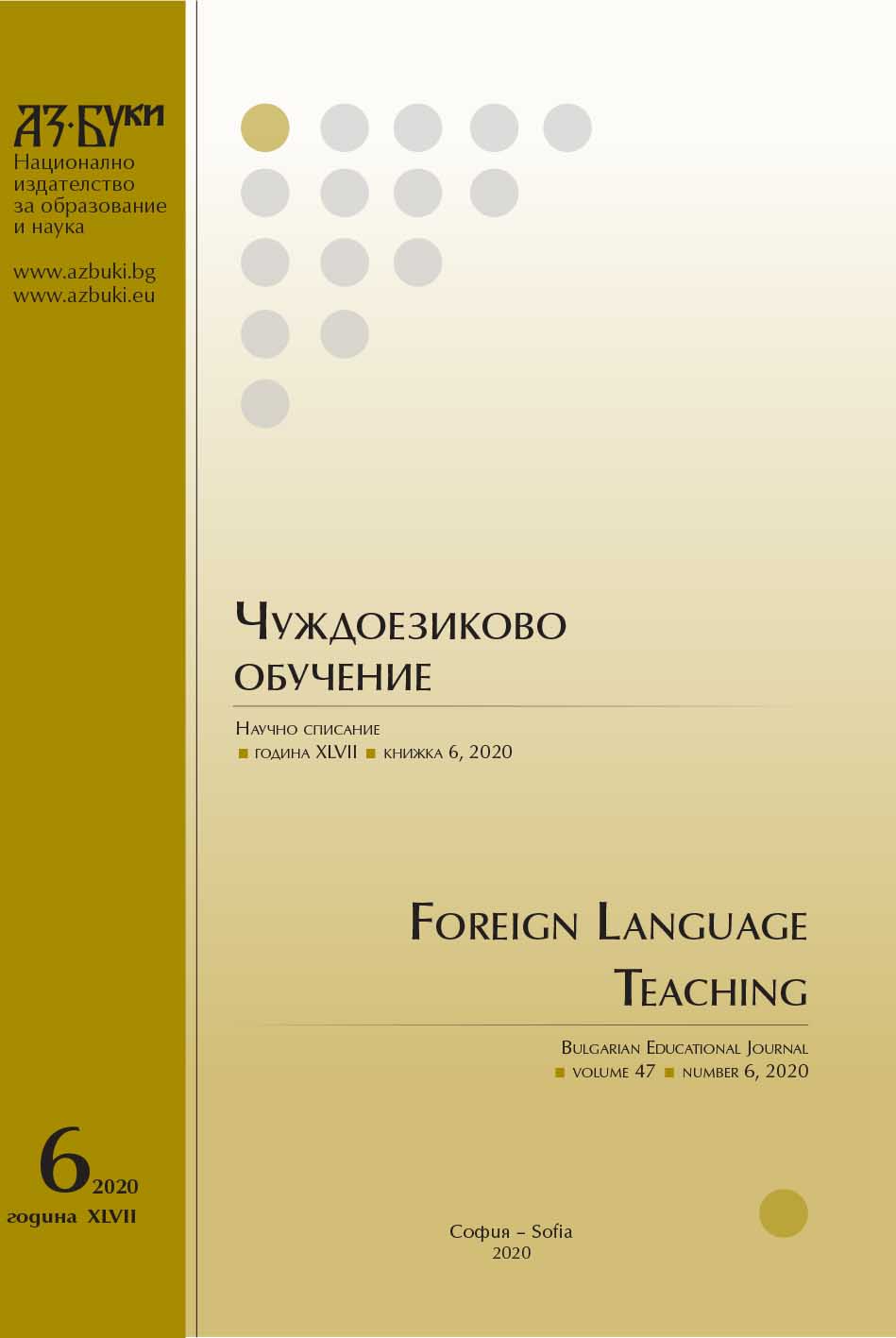
The article is devoted to the problem of developing students’ skills and abilities to work with hypertext as the main information unit in the information society. The purpose of this article is to substantiate the need for targeted training of students to work with hypertext in the target language and to develop a technology for the formation of hypertext competence in the context of teaching foreign languages. The basis for identifying the specifics of hypertext and determining the constituent components of hypertext competence was the reliance on systemic and typological approaches using methods: analysis, synthesis, comparison and generalization. Theoretical and methodological analysis of domestic and foreign scientific literature in combination with empirical methods (observation, questioning) made it possible to substantiate the need to develop students’ skills and abilities to work with hypertext, to study the experience of students with texts of this type and to develop a technology for the formation of hypertext competence. In order to test the hypothesis put forward and the effectiveness of the developed technology for the formation of hypertext competence in teaching a foreign language, experimental training was carried out. In the course of the study, the specifics of hypertext were determined from the point of view of linguistics and linguodidactics, and the components of hypertext competence were identified. Based on the experience of students working with hypertext, difficulties were identified and the main tasks of targeted training in working with these texts were identified, the result of which is the formation of hypertext competence. Hypertext is a modern informational phenomenon, the ability to work with which is becoming key today both in the professional and everyday spheres. Possession of hypertext competence allows you to rationally use external sources to obtain additional information, design an individual information space and thus contribute to the creation of your own educational trajectory. The developed technology for the formation of hypertext competence involves phase-by phase training in working with hypertext. This technology relies on the experience of working with “traditional” text, but taking into account the specifics of hypertext, and focuses on mastering a new strategy for working with information.
More...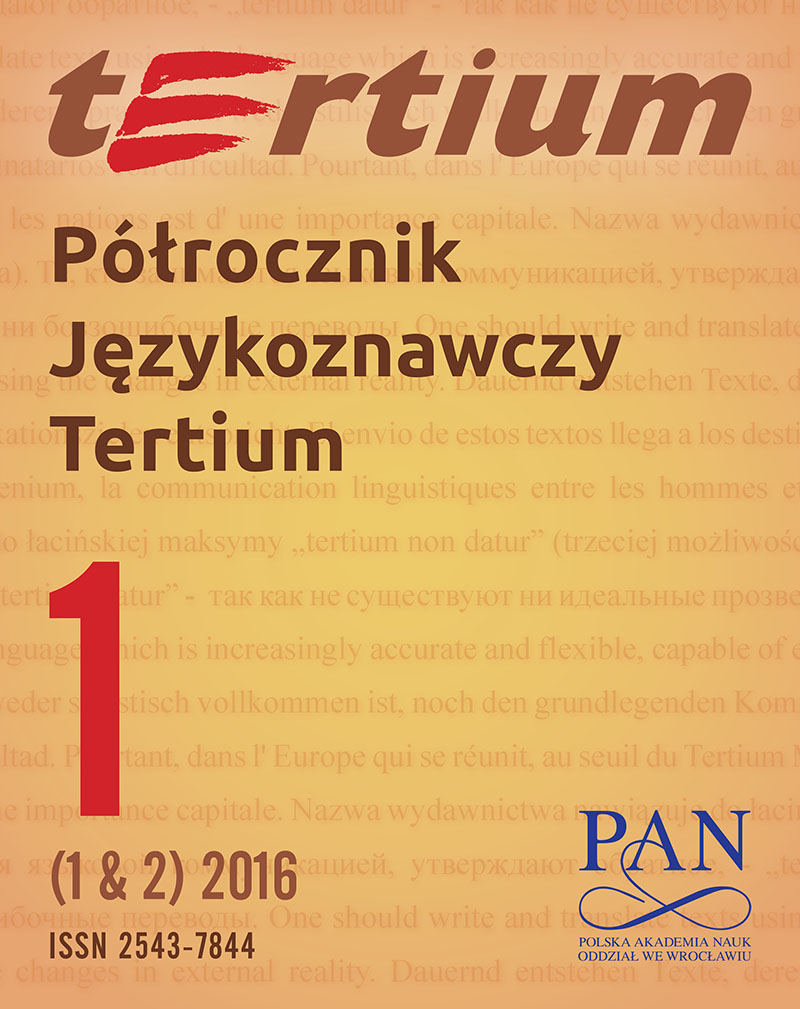
Many excellent jokes can pose potential difficulties for tellers and listeners since they require considerable knowledge of the subject of the joke and have a long and elaborate narrative structure such that only a very skilled joke-teller can do justice to them. In a democratic, fastmoving, plural, urban world such features can create problems since they mean that on a particular occasion when jokes are being told some of the listeners may miss the point of the joke and others will feel inhibited from telling a joke. Jokes with seemingly pointless endings may likewise disappoint the broad masse, who like clear, well structured jokes with a strong resolution and who may be bored by one that disappears into nonsense. Each of these points will be considered in turn, partly from an analytical point of view and partly in relation to empirical observations of how jokes in the English language have evolved in the course of the twentieth century.
More...